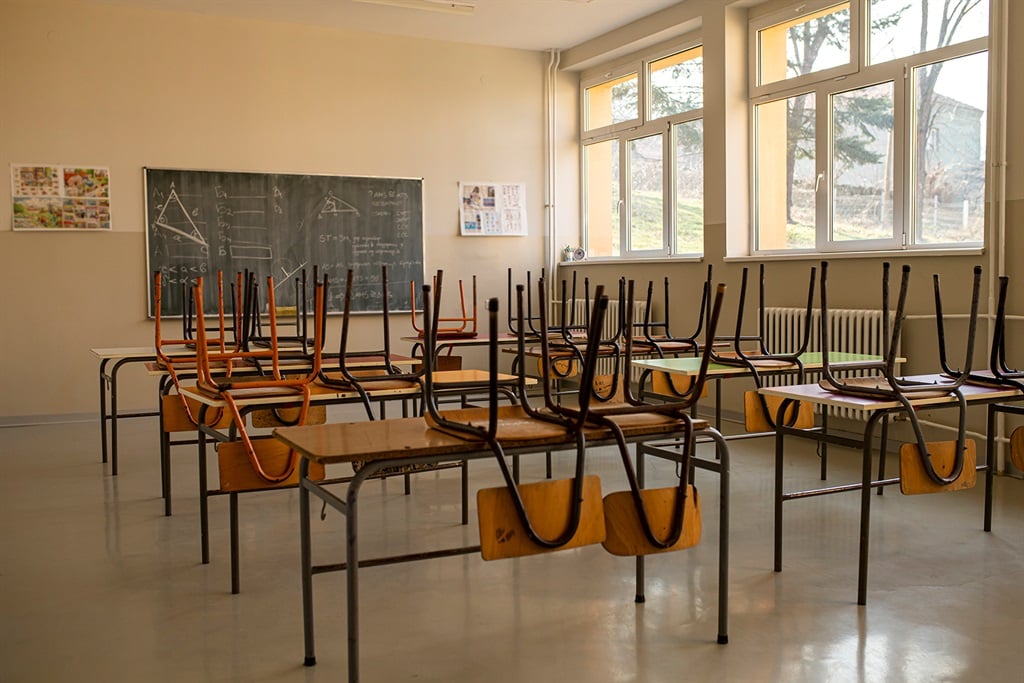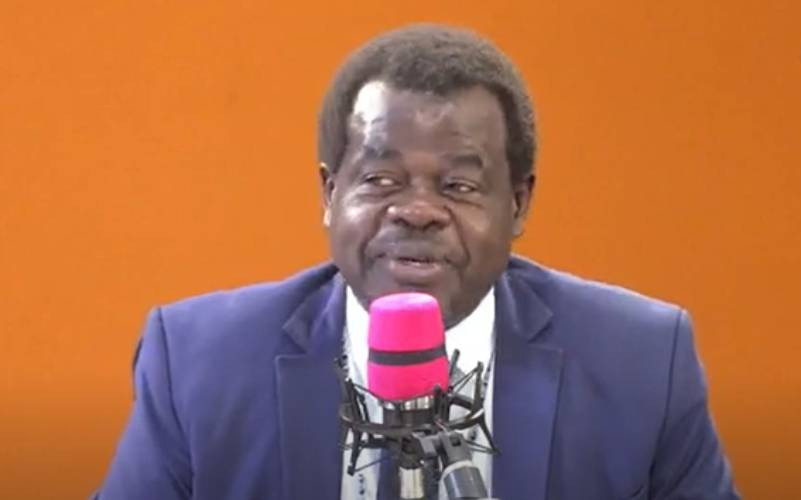South Africa’s public education system will see a massive wave of teacher retirements in 2030, according to a new study.
- A new study by Stellenbosch University researchers predicts half of all public school teachers will retire in 10 years.
- Universities have in the last few years increased their new teacher graduation output.
- The study also found that because of budget cuts, provincial education departments are not hiring enough of the newly qualified teachers.
A new study predicts that the South African public education system will see a massive wave of teacher retirements in 2030.
The Teacher Demographic Dividend project is a three-year project conducted by a team of over 20 researchers at Stellenbosch University’s Research on Socioeconomic Policy (RESEP) unit and is being released on Thursday.
The project is headed by Professor Nic Spaull and Professor Servaas van der Berg. Stellenbosch University will run the project – studying the expected incoming wave of teacher retirements – from 2022 to 2024.
On how many teachers will retire by 2030, Van der Berg and Professor Martin Gustafsson say the country faces an ageing teacher population.
“Half of South African publicly-employed teachers (49%) are aged 50+ in 2021, leading to an approaching wave of teacher retirements. Teachers can retire from age 55 and, in most circumstances, have to retire by age 60, though in some circumstances, a limited number are allowed to remain in teaching until age 65. Altogether, 49% of teachers are 50 years or older, and 25% are at least 55 years old. Thus a large retirement wave is inevitable.”
ALSO READ | Labour pains, stabbings, rolling blackouts among incidents reported in Gauteng during matric exams
They found that about half of the teachers leaving public teaching annually are below the official retirement age of 55. In 2013, about 7 800 public school teachers aged 55 and above had left in the previous year. This rose to about 12 500 in 2021.
The researchers say some of the factors that affect teacher attrition include women leaving the labour market when starting a family; financially attractive options for teaching abroad; moving to private schools or into School Governing Body posts; jobs outside of teaching, and frustration with a teaching job.
“The need for more education graduates will thus grow in this decade, even just to maintain current teacher numbers. Increases in two types of leavers will drive this. Firstly, increases in retirements and departures of older educators in general… will mean that by 2030 some 6 000 additional newly graduated teachers will have to be drawn into the system, compared to the current situation. Moreover, having more younger educators in the system results in more young leavers, as historically, young teachers display relatively high attrition rates.”
The researchers state that universities have increased graduate output between 2014 and 2020 by 70%.
They said modelling indicated that by 2030, graduate output would have to be between 6 000 and 13 000 higher than it currently is, depending on the attrition rates of younger educators.
They continued:
The success universities have achieved in increasing graduate output in recent years makes the situation less worrying than if universities had not achieved this. To illustrate, in 2020, universities added around 28 000 teachers to the country’s stock of teachers. Over ten years, this would be a total output of 280 000. This should be seen against a current total stock of publicly paid educators of around 400 000.
They said even when not taking graduates not entering the public service, “the outputs of universities are on a sound trajectory, and should be able to deal with a demand for a larger teacher workforce to reduce the learner educator ratio, reduce class sizes somewhat, and put the country back on an improvement trajectory in the international testing programmes”.
The Department of Basic Education also invests in teachers’ training through the Funza Lushaka Bursary programme. At least 12 000 student teachers were funded this year.
In the study, author Poppie Ntaka found that while universities are increasing teacher training outputs, provinces are not hiring them. Instead, classroom teacher-learner ratios were rising because provinces were not hiring because of budget constraints.
“It is clear that while teacher production has increased significantly, provinces have not increased the number of teachers they are hiring, with this gap growing over time. In 2021, only 14 524 teachers were hired by provinces, while 28 335 teachers graduated from universities, i.e. only half of graduating teachers were hired. Between 2015 and 2016, this was 75%,” Ntaka stated.
She found that the hiring freeze was because “teacher salaries are growing at a faster rate than what is being allocated to the education budget”.
The freeze, she said, will affect poor pupils more.
“No-fee and rural schools will be affected the most by the growing gap between increasing teacher retirements and stagnant hiring. If provinces fail to hire more teachers as older teachers exit the system, learner-educator ratios are likely to rise above 2021’s projected ratio of about 30 learners per teacher, which means that teachers will be faced with large and growing class sizes, especially for those teaching at poor and remote or rural schools.
“Additionally, primary schools are more likely to be impacted than secondary schools since there are more older teachers in primary schools than in high schools.”


















.jpg)


Discussion about this post